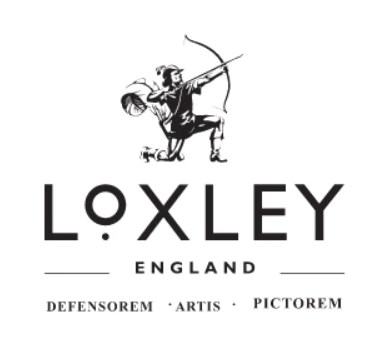A Guide to Watercolour

Watercolour paint is made of pigments suspended in a water-based solution. Watercolour is usually used on paper, and as it is semi-transparent, the white paper gives it a natural luminosity. It can be applied in various different techniques, such as the wet-on-wet (also known, as direct painting) or the wet-on-dry in order to create different effects.
The term ‘Watercolour’ refers to both the medium and the resulting artwork.
There are 3 main key characteristics to consider when choosing the pigments you work with.
- Transparency/Opacity
- Non-staining/Staining
- Granulation
Transparent watercolours allows the light to shine through the (watercolour) paper and in return, lets the white of the paper reflect back. This makes the colours look crisp, clean and create a glow. However, Opaque watercolours stop the light from coming through the (watercolour) paper, as the light bounces off the pigment. This can then make the colours look dull. It is important to remember that all pigments have their own degree of transparency/opacity.
Non-Staining Watercolours settle on the surface of the (watercolour) paper, after the water has evaporated. Once dried, you can then lift the pigment off the surface in order to reveal the white of the paper. Whereas, Staining Watercolours absorb immediately into the first few layers of the (watercolour) paper before the water even has a chance to evaporate.
Granulation is when the pigment particles clump together rather than spacing evenly out on the surface. This forms pools of darker shades of colour, creating a grainy appearance once dry.
There are three main reasons why you should use Watercolour paint. Firstly the colours are easy to mix and apply, which speeds up the painting process. Secondly, you are able to build up effects quickly, as the paint dries quite quickly so there is not too much delay. Thirdly, watercolour painting does not require very much in the way of essential equipment.
Professional colour, describes the highest quality watercolour paints, which have the highest ratio of pigment to binder. The quality of the paint is also influenced by the quality of the binder, so it is important you know this information. Also, in professional watercolours the blending of the pigment tends to be better.
Artist quality paints should dilute and mix easily, and also mix and flow perfectly on paper while still retaining their value. Whereas, Student quality paints are often harder to dilute and mix together and have a tendency to fade when mixed on paper.
For beginners, go with student quality paint as it is cheaper yet it is still excellent quality. Artist quality paint is made up of richer pigments and is more expensive.
We are excited to announce that our paint ranges are growing. Recently, we have launched our Loxley Professional Watercolour range, which is recognised for its outstanding quality and performance which is achieved by using only the purest and finest pigments.
Student Watercolour
The Koh-i-noor Anilinky Brilliant Watercolours are great for those starting out in watercolour painting. The set contains 12 vibrant colours that are fully intermixable and are suitable for all forms of painting. Each of the tablet discs are 23mm diameter and just need to be agitated with a little water to make the colour usable. The plastic box has a lid which hinges out to form a mixing palette. 172 x 70 mm.
These water-based opaque paints have good covering power, lightfastness and tinting strength.








![How to Varnish a Painting [Professional Tips]](http://loxleyarts.com/cdn/shop/articles/how-to-varnish-a-painting_c34f75bb-5279-4b2b-9e74-50950931776d.jpg?v=1762921912&width=1080)
